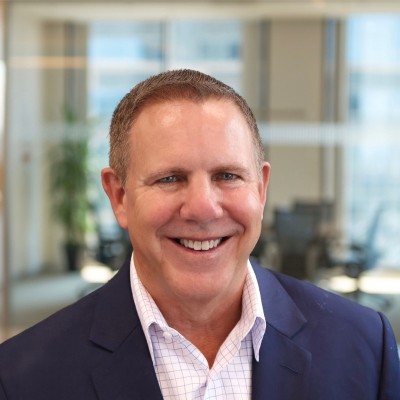- Video Library
- Kevin McGann, Accelus - Expandable Spinal Implant Technology | LSI USA '24
Kevin McGann, Accelus - Expandable Spinal Implant Technology | LSI USA '24

Kevin McGann
Experienced President with a demonstrated history of working in the medical device industry. Skilled in Medical Devices, Sales, Operating Room, Market Development, and Product Launch. Strong business development professional with a Bachelor of Science (B.S.) focused in Business Administration from Villanova University.
Kevin McGann
Experienced President with a demonstrated history of working in the medical device industry. Skilled in Medical Devices, Sales, Operating Room, Market Development, and Product Launch. Strong business development professional with a Bachelor of Science (B.S.) focused in Business Administration from Villanova University.

17011 Beach Blvd, Suite 500 Huntington Beach, CA 92647
714-847-3540© 2025 Life Science Intelligence, Inc., All Rights Reserved. | Privacy Policy







